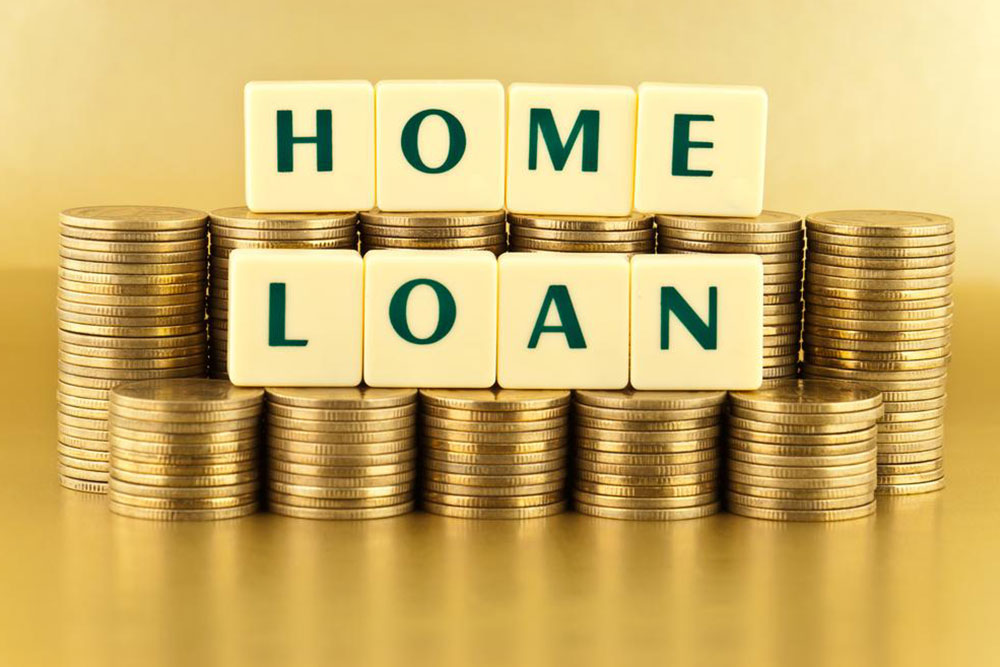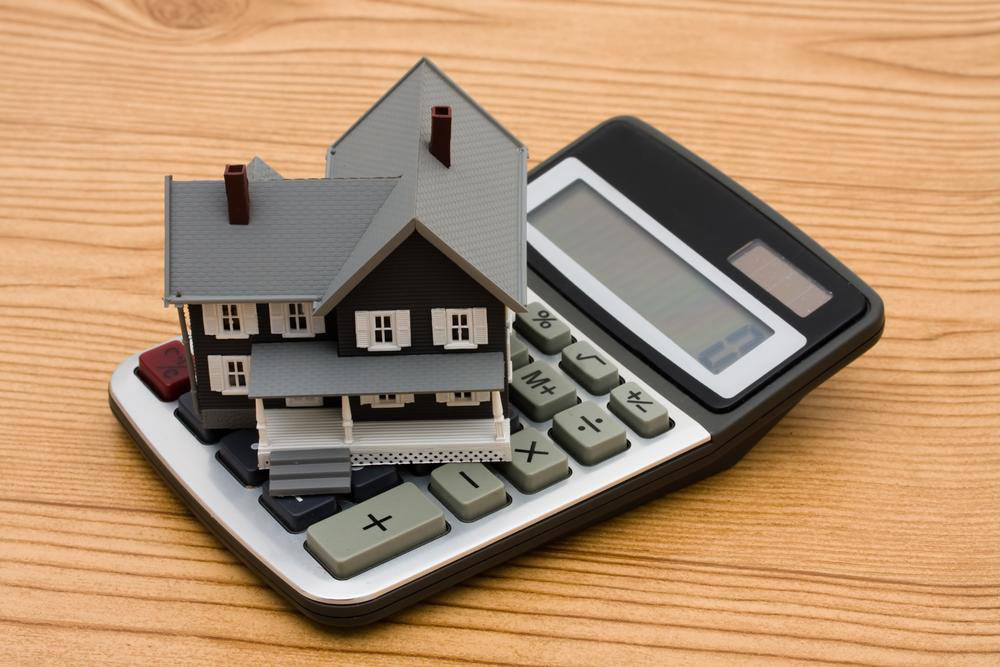A Guide to Home Equity Lines of Credit (HELOCs)
This article explains the fundamentals of HELOCs, highlighting how they function, their uses, advantages, and risks. It offers essential insights for homeowners considering tapping into their home equity for various financial needs, emphasizing flexible borrowing and potential caveats associated with variable interest rates. Aimed at providing clear, practical information, the guide helps readers make informed financial decisions related to HELOCs.

A Guide to Home Equity Lines of Credit (HELOCs)
Many homeowners, whether new or experienced, often wonder—what exactly is a HELOC? A survey by TD Bank indicates that many borrowers lack full clarity on their HELOC terms and how lines of credit work. This article provides a comprehensive overview of HELOCs.
What is a HELOC?
Pronounced "he-lock," a HELOC stands for Home Equity Line of Credit. It’s a loan that lets homeowners borrow up to a set amount using their home’s equity as collateral.
Similar to a credit card, a HELOC provides funds for purchases, which can be paid back later. Unlike traditional loans, it is secured by your house’s value. Borrowers are assigned a credit limit, and interest rates fluctuate with the prime rate. As mortgage payments are made and housing values increase, homeowners build equity, which can be tapped into via a HELOC. This makes HELOCs different from lump-sum home equity loans, which provide a one-time sum upfront.
In contrast, a HELOC is used as needed, allowing flexible borrowing. If you own a home valued at $500,000 with a remaining mortgage of $200,000, and your lender offers an 80% loan-to-value ratio, your credit line could be up to $200,000. Calculations show that 80% of $500,000 equals $400,000; minus the existing mortgage leaves you with $200,000 available to borrow. Note that interest rates on HELOCs are variable, adjusting with market rates such as LIBOR or the prime rate.
After approval, you can access your line of credit. The initial phase, called the draw period (typically 5–10 years), allows borrowing with interest-only payments. When this period ends, repayment begins, lasting around 20 years, during which both principal and interest are paid until the debt is settled.
When is a HELOC Useful?
Homeowners often tap into HELOCs for renovations, repairs, or upgrades. They are also used for down payments on second homes, consolidating debt, buying vehicles, or funding education. While convenient, these uses do not increase home equity, and interest may be tax-deductible.
Advantages of HELOCs
Utilizing a HELOC offers several benefits:
Perfect for covering short-term financial needs like education costs or home improvements.
Allows borrowing only what is needed, reducing unnecessary debt.
Lower initial costs compared to traditional loans; setup fees are typically under $1,000.
Some HELOCs can be converted to fixed-rate loans, providing payment stability for large withdrawals.
Risks Associated with HELOCs
Despite benefits, HELOCs have potential downsides:
Interest rate risk: as variable rates fluctuate, monthly payments can increase unexpectedly.
Prime rates, tied to HELOC rates, can be volatile; historical data shows significant early fluctuations, e.g., in 1980 and 2003.
Unlike fixed-rate loans, HELOCs have no rate adjustment caps, with maximum rates reaching around 18% in most states.
Note:
This website offers broad informational content across various topics. While our research aims to provide valuable insights, readers should not consider these articles as definitive. The site cannot be held responsible for data discrepancies or updates. Additionally, some promotions or schemes might not be covered here.










